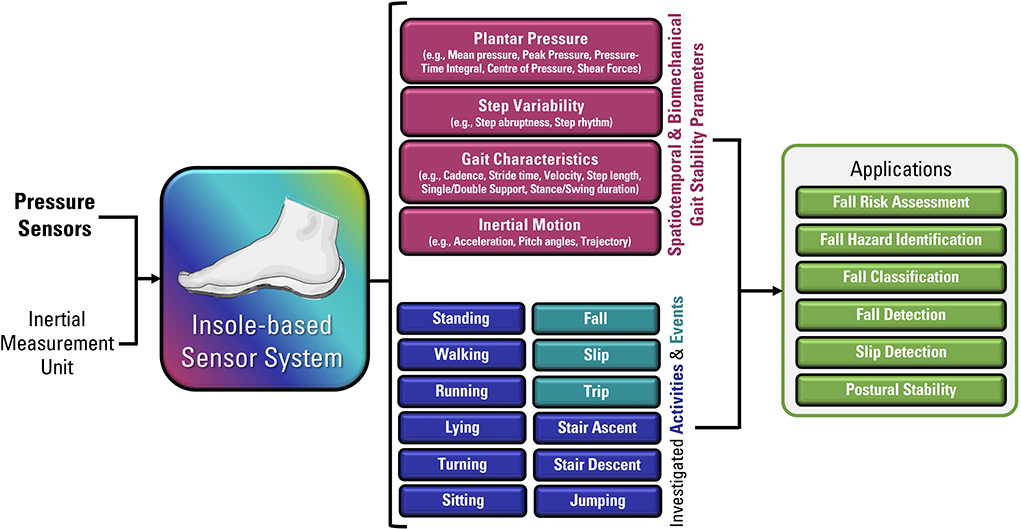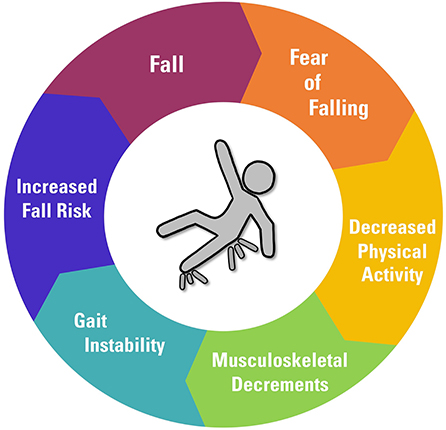The Single Strategy To Use For Dementia Fall Risk
Table of ContentsSee This Report on Dementia Fall RiskSome Known Questions About Dementia Fall Risk.How Dementia Fall Risk can Save You Time, Stress, and Money.Things about Dementia Fall RiskThe Best Guide To Dementia Fall Risk
Analyzing loss risk helps the entire medical care team develop a more secure atmosphere for each and every patient. Guarantee that there is a marked location in your medical charting system where personnel can document/reference ratings and document relevant notes related to fall prevention. The Johns Hopkins Autumn Risk Analysis Tool is among many tools your personnel can use to help avoid negative clinical occasions.Individual drops in health centers prevail and incapacitating damaging occasions that persist despite years of effort to reduce them. Improving interaction across the examining registered nurse, treatment group, person, and patient's most entailed family and friends might strengthen fall avoidance efforts. A group at Brigham and Women's Medical facility in Boston, Massachusetts, sought to create a standardized autumn prevention program that focused around enhanced interaction and individual and family members involvement.

The innovation group highlighted that successful execution depends upon individual and personnel buy-in, assimilation of the program into existing operations, and integrity to program processes. The team kept in mind that they are coming to grips with how to ensure continuity in program implementation throughout periods of crisis. During the COVID-19 pandemic, for example, an increase in inpatient falls was connected with constraints in individual involvement in addition to constraints on visitation.
Rumored Buzz on Dementia Fall Risk
These incidents are typically considered avoidable. To carry out the intervention, organizations require the following: Access to Loss TIPS sources Loss suggestions training and retraining for nursing and non-nursing personnel, including new registered nurses Nursing operations that permit for person and household interaction to carry out the drops analysis, make certain use the prevention plan, and carry out patient-level audits.
The results can be very destructive, typically accelerating patient decrease and triggering longer health center keeps. One study estimated stays boosted an extra 12 in-patient days after a client autumn. The Loss TIPS Program is based upon engaging patients and their family/loved ones throughout 3 main processes: evaluation, customized preventative treatments, and bookkeeping to ensure that clients are engaged in the three-step loss avoidance procedure.
The individual analysis is based upon the Morse Loss Range, which is a validated loss threat analysis device for in-patient health center setups. The scale consists of the 6 most typical factors patients in medical facilities drop: the client fall background, high-risk conditions (consisting of polypharmacy), use IVs and various other outside tools, psychological status, gait, and flexibility.
Each risk aspect relate to one or more actionable evidence-based interventions. The nurse develops a plan that incorporates the interventions and is visible to webpage the care team, person, and household on a laminated poster or published aesthetic help. Registered nurses create the strategy while meeting the patient and the person's household.
The smart Trick of Dementia Fall Risk That Nobody is Discussing
The poster serves as a communication tool with various other members of the client's care group. Dementia Fall Risk. The audit element of the program includes analyzing the client's expertise of their risk aspects and prevention plan at the device and hospital degrees. Nurse champions carry out a minimum of 5 private interviews a month with individuals and their households to look for understanding of the loss avoidance plan

A projected 30% of these drops outcome in injuries, which can range in extent. Unlike other unfavorable occasions that call for a standardized medical response, loss prevention depends extremely on the needs of the client.
A Biased View of Dementia Fall Risk

Based on bookkeeping outcomes, one website had 86% compliance and 2 sites had over 95% compliance. A cost-benefit analysis of the Autumn pointers program in eight medical facilities estimated that the program price $0.88 per individual to execute and led to savings of $8,500 per 1000 patient-days in straight expenses associated with the avoidance of 567 falls over three years and 8 months.
According to the advancement group, organizations interested in implementing the program ought to carry out a readiness analysis and drops avoidance gaps evaluation. 8 In addition, organizations should ensure the essential infrastructure and operations for implementation and create an implementation plan. If one exists, the organization's Fall Avoidance Job Pressure ought to be associated with planning.
Examine This Report on Dementia Fall Risk
To start, companies must ensure completion of training components by registered nurses and nursing assistants - Dementia Fall Risk. Hospital personnel need to assess, based upon the requirements of a hospital, whether to make use of a digital health document hard copy or paper variation of the autumn avoidance strategy. Carrying out groups should hire and educate nurse champs and develop processes for auditing and coverage on fall information
Personnel require to be associated with the process of revamping the operations to engage individuals and household in the evaluation and prevention strategy process. Equipment must remain in place so that units can recognize why a loss took place and remediate the reason. A lot more especially, nurses must have view networks to supply recurring responses to both team and device leadership so they can readjust and enhance loss avoidance process and connect systemic issues.